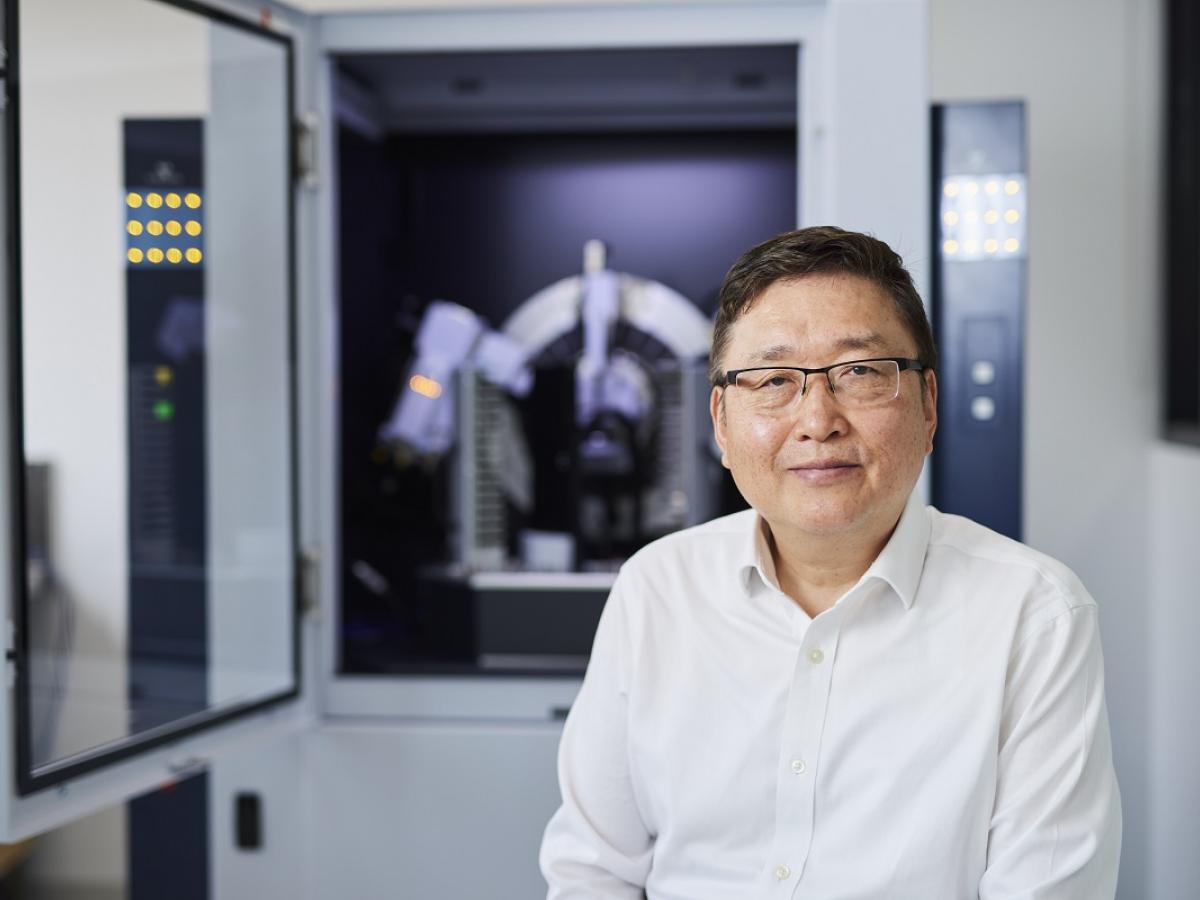
Professor Shizhang Qiao
New research shows that the next generation of lithium-sulphur (Li||S) batteries may be capable of being charged in less than five minutes, instead of several hours as is currently the case.
The University of Adelaide's Professor Shizhang Qiao, Chair of Nanotechnology, and Director, Centre for Materials in Energy and Catalysis, at the School of Chemical Engineering, led a team which examined the sulphur reduction reaction (SRR) which is the pivotal process governing the charge-discharge rate of Li||S batteries.
"We investigated various carbon-based transition metal electrocatalysts, including iron, cobalt, nickel, copper and zinc during the SRR," said Professor Qiao who is an ARC Australian Laureate Fellow.
"Reaction rates increased with higher polysulphide concentrations, as polysulphide serves as the reactive intermediates during SRR."
The team designed a nanocomposite electrocatalyst, comprising a carbon material and cobalt-zinc (CoZn) clusters.
"When the electrocatalyst CoZn is used in lithium-sulphur batteries, the resulting battery achieves an exceptional power-to-weight ratio of 26120 W kgS-1," said Professor Qiao.
"Our research shows a significant advancement, enabling lithium-sulphur batteries to achieve full charge/discharge in less than five minutes."
High-power lithium-sulphur batteries are used in various devices such as mobile phones, laptops, and electric vehicles.
Current state-of-the-art lithium-sulphur batteries suffer from low charge-discharge rates, typically requiring several hours - typically from one to 10 hours - for a single full charge-discharge cycle.
The team's study, which is published in the journal Nature Nanotechnology, is the first comprehensive approach to tackling the problem of slow charge/discharge rates in lithium-sulphur batteries and has significant impact for scientists designing electrocatalyst materials and experts examining the reaction mechanisms of lithium-sulphur batteries.
"Our breakthrough has the potential to revolutionise energy storage technologies and advance the development of high-performance battery systems for various applications," said Professor Qiao.
The high-power capabilities of these batteries make them well-suited for applications requiring rapid charging and discharging, offering enhanced performance and reliability for both consumer electronics and large-scale energy storage solutions in grid applications.






